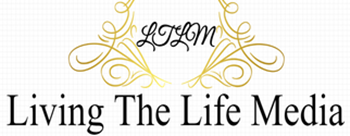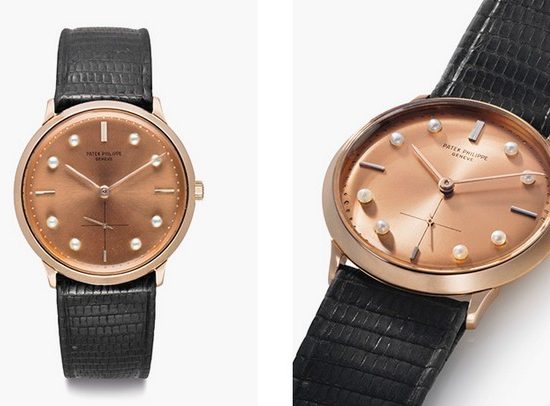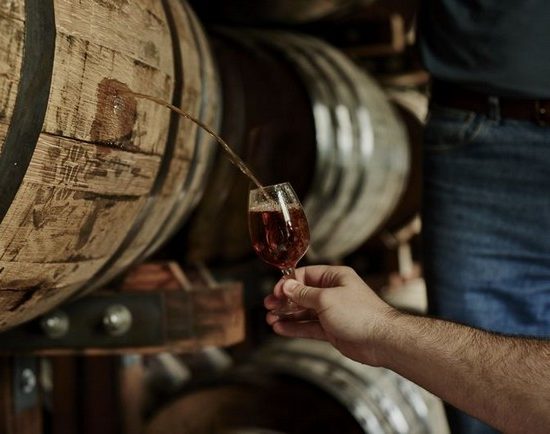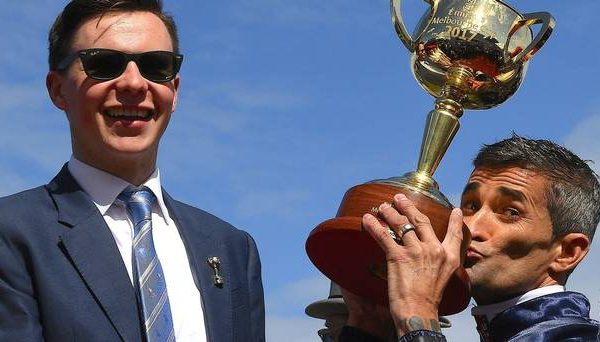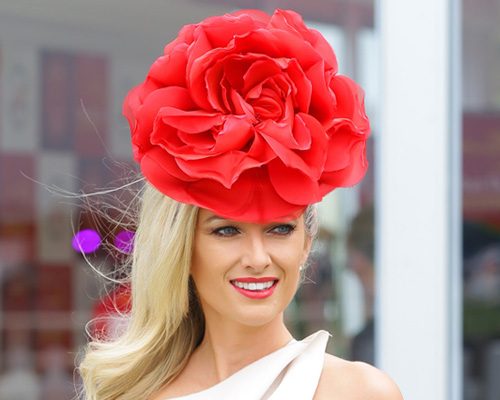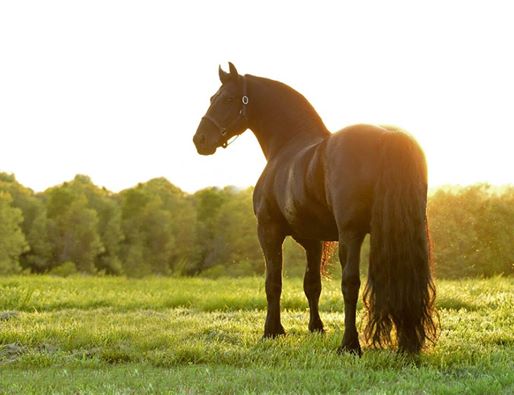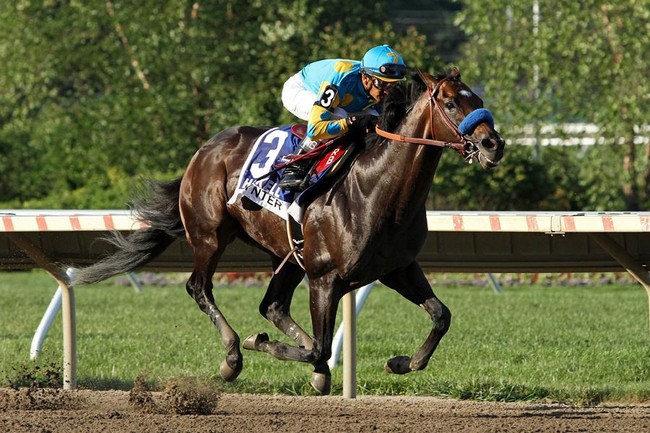
Most modern day race horses are known as thoroughbreds.
The name accurately describes this breed as they all have been very thoroughly bred, meaning that they come from a blood line of champions.
While this type of horse is great for galloping, there are other types such as standardbred and quarter horses which excel at other types of races.
Therefore, it is important you research as much as possible before you purchase and this article can help you.
OWNER OR CO OWNER?
Before buying a horse, it is essential that you take the time to research in depth all the possible sellers and organizations. Pick the one which suits you, your racing expectations and your budget. When you have decided on the type and the seller it is of equal importance to research any information about the seller including viewing the sellers registration card.
All professional racing sellers must provide interested buyers with a registration card featuring information about themselves and the horse.
If you have sourced your thoroughbred through an online site it is also important to look into the site’s legal information on the purchase and sale of animals.
BEING CO-OWNER
One of the newest trends in the equestrian world is to co-owner.
This way you get your horse but the costs involved with keeping the animal is shared amongst investors along with any prize money won.
Being a co-owner is known as a ‘buying syndicate‘ where a group of people buy a share in a horse.
It is also a popular option to buy shares in a champion stallion after their normal two year racing career is over. Like this, if the stallion lives to be the average age of 25 he can sire hundreds of offspring.
A syndicate purchased the 2000 Kentucky Derby winner Fusaichi Pegasus for a record-breaking price of over $60 million when the stallion was three, however with a stud fee of around $200,000, the syndicate stands to make a fortune.
BUYING SCAMS
When buying your new thoroughbred, whether it is online or in person you should pay attention and take caution in regard to buying scams.
There is a huge influx in the amount of fake buyers and sellers.
These scams most commonly happen from either inattentive punters not checking the sellers registration card before paying or transferring the fee using money transfer services.
Therefore, it pays off to be extra diligent when making a purchase.
THE SELECTION CRITERIA
How to buy a horse
Regardless of your budget, it is imperative that you purchase a horse with the best pedigree possible for your assigned budget.There are many magazines that owners can use for resources in order to pick the best horse for your allocated finances.
Furthermore, there are many essential questions that must be answered when you contact the seller. The questions will vary according to why you want a horse for example either to race, to show or just for a stud.
Some of the questions you should ask are listed below:
How long have you owned the horse and why are you selling?
Does it have any bad habits?
How old was the animal when it started training?
Do you know the dam and the sire?
Do you have the registration papers and does it sell as registered?
Are there any reasons why he would not make a good (fill in your intended discipline) horse?
Are there any soundness issues or illnesses? Past injuries or problems?
After you have narrowed down your search and you are happy with the answers to your questions, it would be a good idea to find a trusted horse owner who has years of experience who can also examine the animals capabilities.
Finally, if everything goes to plan, it is important to schedule a vet to perform a pre-purchase exam on the horse in order to make sure it is healthy.
Thoroughbreds, standardbreds and American quarter.
It is essential to choose the frame that matches your racing exceptions.For example, if you are buying your horse for harness racing it is better to chose a standerdbred particularly with French heritage as they are naturally better at harness racing.
The three most popular breeds in the U.S. are thoroughbreds, standardbreds and American quarter horses.
Thoroughbreds and standardbreds generally run races at or about one mile, and make up around 80% of the American racing market.
American quarter’s are similar to thoroughbreds, but are more muscular and faster over short distances (they can exceed speeds of 55 miles per hour).
One of the biggest differences between a thoroughbred and an American quarter is that a thoroughbred usually costs much more.
The average quarter horse yearling sells for less than $20,000 at auction whereas a thoroughbred yearling can sell for more than $100,000.
However, this does not mean that Quarter’s are inferior to thoroughbreds, it is just a matter of having a smaller market share and smaller average purses.
